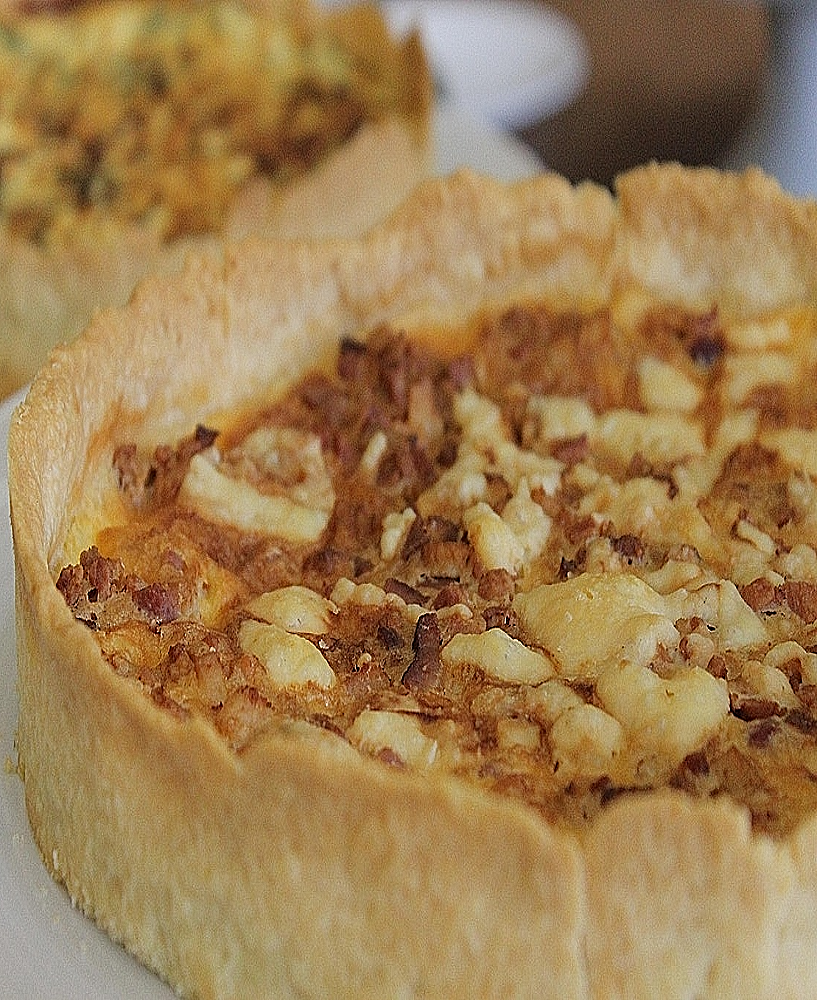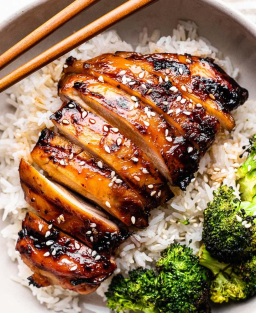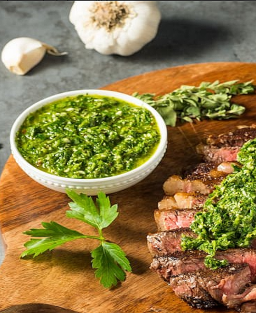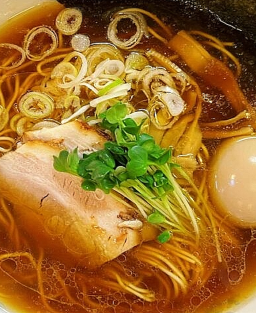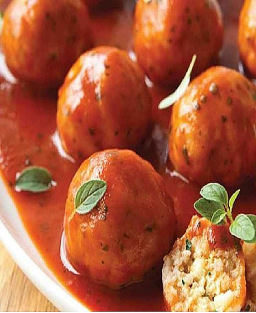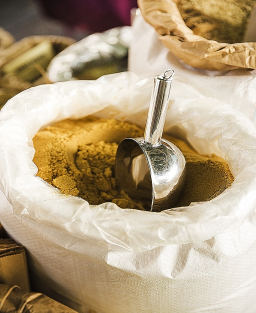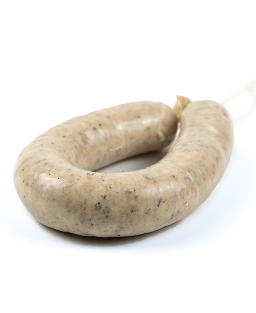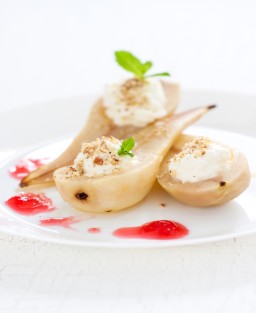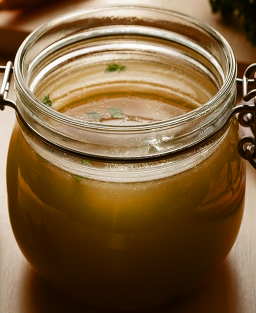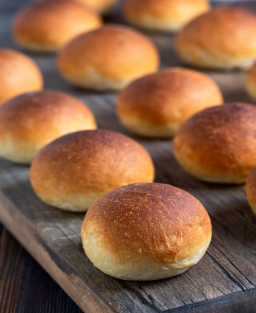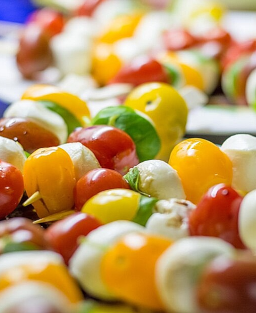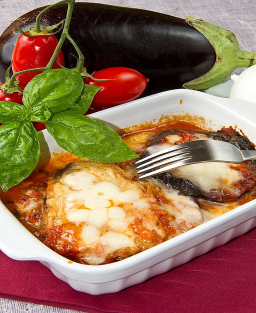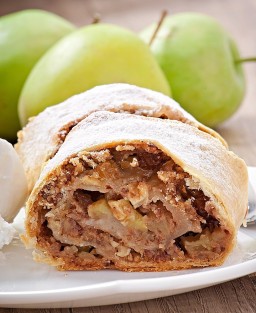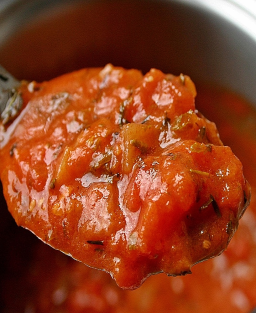- Out-of-Stock
Traditional Quiche Lorraine: A Historical Recipe from the Middle Ages for Authentic Cuisine
Traditional Quiche Lorraine: A Historical Recipe from the Middle Ages for Authentic Cuisine
Origins and Early Mentions
The word quiche likely derives from the Old High German Kuchen or the Frankish küche, both referring to a type of savory tart, giving the quiche its Germanic etymology.
Quiche is documented in the Lorraine region as early as the Middle Ages, originally as a flatbread-style tart made with bread dough, baked in communal ovens.
The first written mention of quiche dates to March 1st, 1586, in the archives of Duke Charles III of Lorraine, which refer to a quiche served at court.
Further references appear in the 19th century, describing "quiches" or "Lorraine galettes," already known at the time as quiche or bacon galette.
Evolution and Recipe Status
Originally, quiche was made with a thin bread dough and a simple filling (eggs, cream, or shavings of butter). The use of shortcrust pastry, considered more refined, is a 19th-century innovation.
The 19th century marks the transition of quiche from a modest rural dish to a more substantial starter, appreciated by the urban bourgeoisie.
Official Traditional Recipe (Without Cheese)
The authentic quiche Lorraine recipe adheres to strict simplicity:
-
Pastry: shortcrust (not puff), made with flour, butter, water, and salt.
-
Filling (the migaine): a mixture of beaten eggs and thick fresh cream.
-
Seasoning: salt, black pepper, and optionally a touch of nutmeg, as found in some classical versions.
-
Meat: smoked bacon (lardons). The use of cheese is considered a deviation from tradition, particularly in mass-produced versions.
Defense of the Original Flavor
Several authors and historical chefs, including Elizabeth David and Julia Child, emphasized the absence of cheese in the traditional quiche, arguing that its inclusion disrupts the delicate flavor balance.
Traditional Quiche Lorraine Recipe (Historical Version)
Approximate Times:
-
Preparation: 20 minutes
-
Baking: 35 to 40 minutes
-
Dough Resting (optional): 30 minutes
Ingredients (for a 26 cm tart pan)
For the shortcrust pastry:
-
250 g wheat flour
-
125 g unsalted butter (cold, cubed)
-
1 egg yolk (optional, for binding)
-
1 pinch of salt
-
Approximately 3 to 4 tablespoons of cold water
For the filling (migaine):
-
3 whole eggs
-
200 to 250 ml thick fresh cream (minimum 30% fat)
-
150 g smoked bacon in lardons (or salted pork belly)
-
Salt, freshly ground black pepper
-
Nutmeg (optional, according to some 19th-century versions)
Note: No grated cheese—historically, the recipe does not include it.
Method
1. Shortcrust Pastry
-
Rub the flour and butter together with your fingertips until the texture is crumbly.
-
Add the egg yolk (optional), salt, then gradually add the water until a smooth dough forms.
-
Knead briefly. Wrap in cling film and let rest in the refrigerator for 30 minutes (optional).
-
Roll the dough out to 2–3 mm thickness. Line a greased tart pan. Prick the base with a fork.
2. Filling
-
Fry the bacon lardons in a dry pan. Drain to remove excess fat.
-
Beat the eggs with the cream. Season moderately with salt and pepper. Add a touch of nutmeg if desired.
-
Spread the bacon over the pastry. Pour the egg and cream mixture on top.
3. Baking
-
Preheat the oven to 180°C (fan or conventional).
-
Bake the quiche for 35 to 40 minutes, until the top is golden.
-
Let cool slightly before serving. It can be enjoyed hot, warm, or cold.
Historical Notes
In the Middle Ages, quiche was made with bread dough, baked in communal ovens, and did not necessarily include bacon.
The shift to shortcrust pastry occurred in the 19th century and defines the version now considered "traditional."
Although grated cheese is commonly found in modern or industrial recipes, its addition is considered heretical by Lorraine purists.











